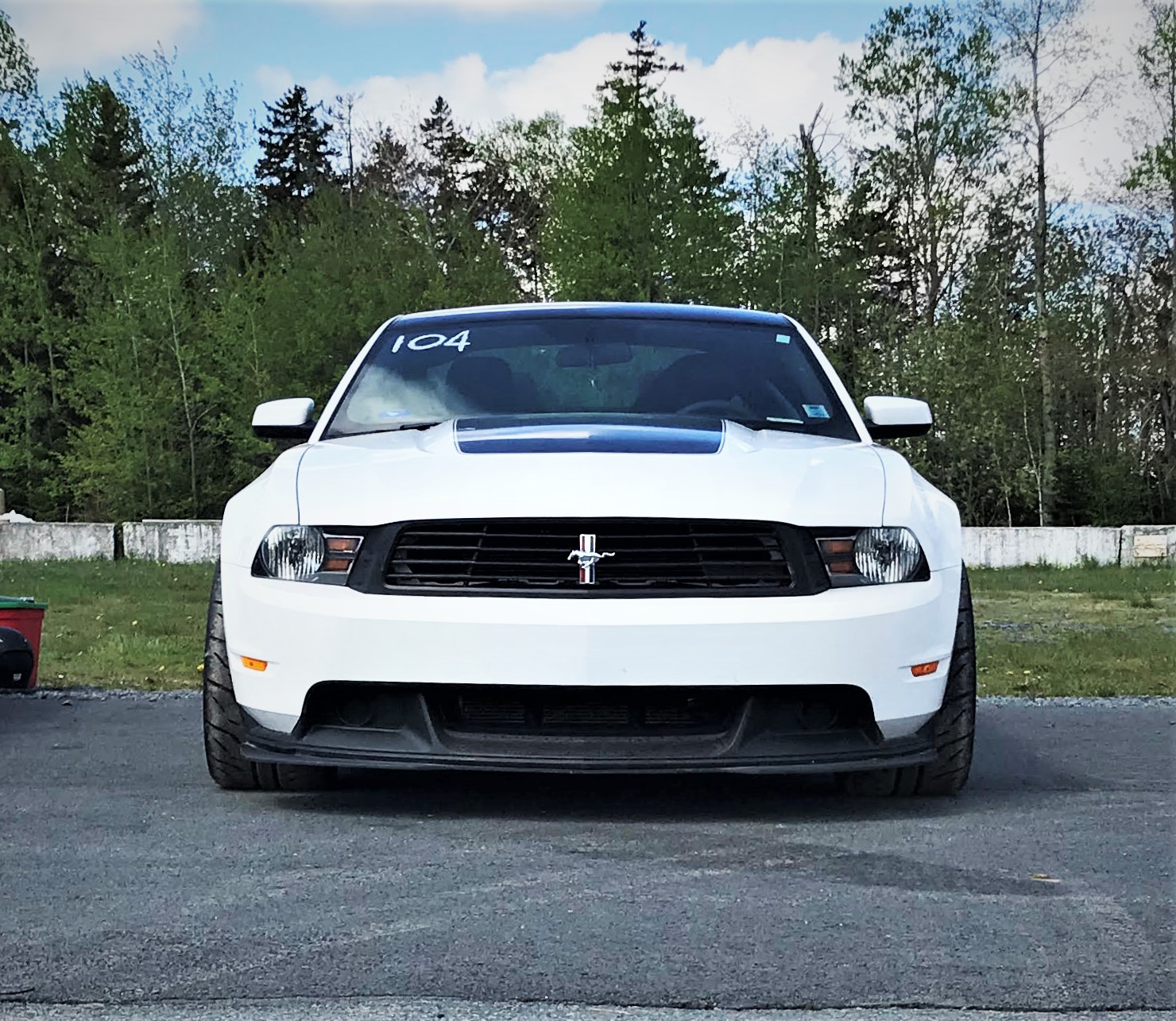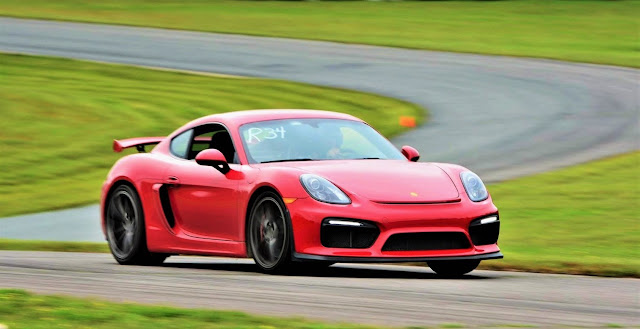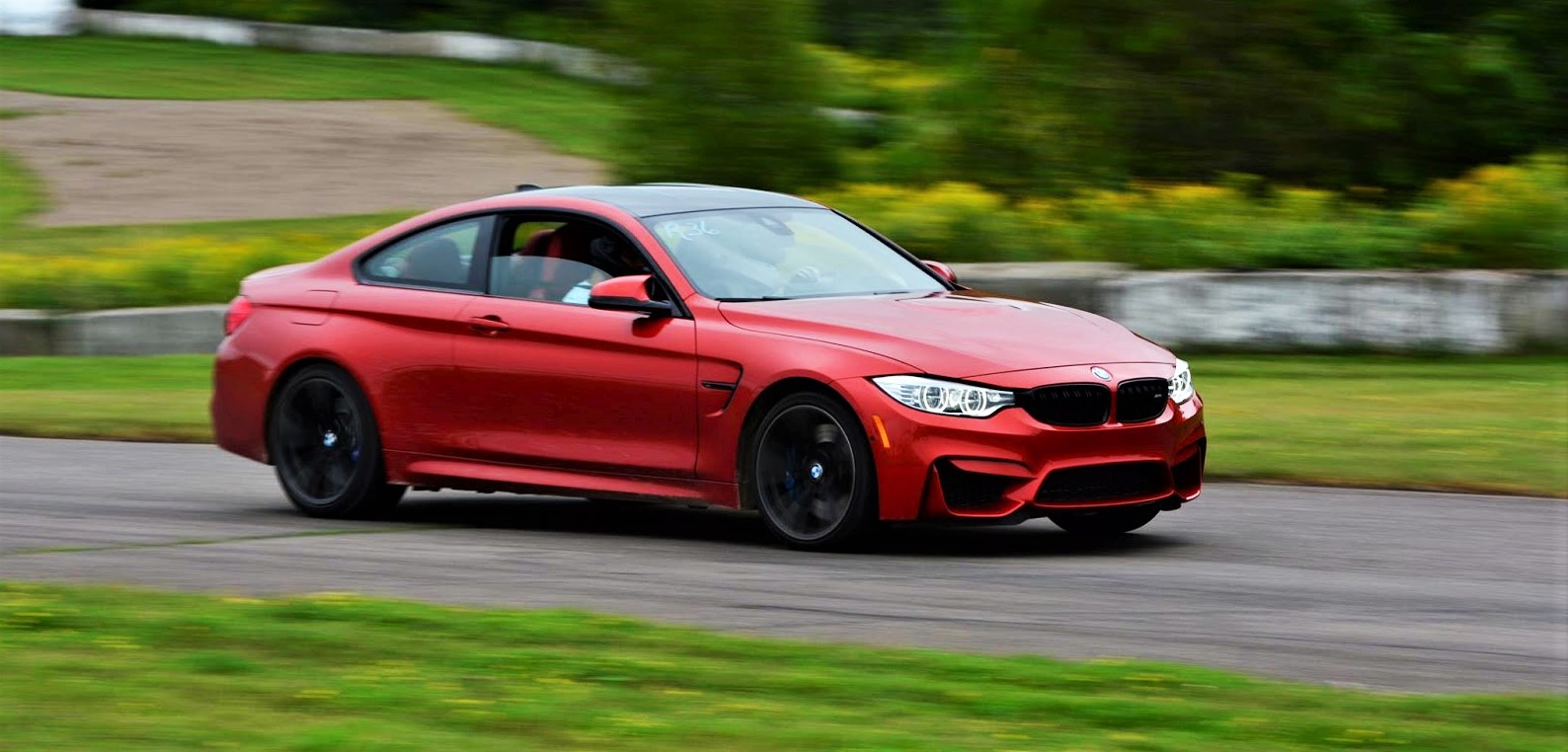The biggest news I found in this test is a huge improvement in power output. Looking back at one of the very early tests of the +Cadillac ATS with this engine done by Car & Driver was a comparison test back in 2012, the ATS 2.0T was noticeably lacking in power compared to the 328i. Although the older tested cars were very different (i.e. lighter, manual equipped RWD versions) than this Cadillac, Car & Driver recently also tested a 2016 BMW 328i xDrive so we can have an apples-to-apples comparison of this AWD, 4-cyl turbo ATS and an AWD, 4-cyl turbo 328i. In the early test, the numbers were:
| 2013 Cadillac ATS 2.0T | 2012 BMW 328i | |
|---|---|---|
| 0-30 mph | 2.0 s | 2.0 s |
| 0-60 mph | 6.3 s | 5.6 s |
| 0-100 mph | 16.7 s | 14.5 s |
| 0-130 mph | 34.7 s | 26.4 s |
| 1/4 mile | 14.8 s @ 94 mph | 14.3 s @ 99 mph |
| 5-60 mph (street start) | 7.4 s | 6.6 s |
At the time, the car made 272 hp @ 5,500 rpm and 260 lb-ft @ 1,700. Meanwhile, the 328i is rated at 240 hp @ 5,000 and 255 lb-ft @ 1,250 rpm. The BMW is largely unchanged with hp rating staying the same as well as rpms at which peak hp and torque, while the torque number inches up a few points to 258 lb-ft. The ATS, on the other hand, saw its torque output increase by 35 lb-ft from 260 to 295 lb-ft but the peak occurs 1,300 rpm later so the engine is now rated to make 272 hp @ 5,500 and 295 lb-ft @ 3,000. At first, it seems like the power moved later in the curve due to the late torque peak but I suspect that the updated engine makes well over the previous 260 lb-ft rating at the lower rpms and simply makes more as rpms climb.
The result? Nothing short of impressive. Before, the Cadillac trailed the BMW by almost 1 second (0.7 s) to 60, over two seconds (2.2 s) to 100 mph, and a whopping 8.3 seconds to 130 mph. Now, the Cadillac loses by only one tenth to the BMW to 60 mph but beats it to 100 mph by 0.3 s and to 130 mph by almost 1 second (0.8 s).
| 2016 Cadillac ATS4 2.0T (AWD) | 2016 BMW 328i XDrive (AWD) | |
|---|---|---|
| 0-60 mph | 5.4 s | 5.3 s |
| 0-100 mph | 14.5 s | 14.8 s |
| 0-130 mph | 28.2 s | 29.0 s |
| 1/4 mile | 14.1 s @ 99 mph | 14.0 s @ 97 mph |
| 5-60 mph (street start) | 6.3 s | 6.4 s |
Unfortunately, it’s hard to figure out exactly how close the two would be if tested in the same place and on the same day, beyond “bench racing” those (albeit, weather corrected) test numbers. With that said, the ATS 2.0T was always noticeably slower than the 328i in acceleration tests, regardless of testing outlet or weather. In other words, if these numbers show it to be that much closer, it’s probably pretty darn close.
What I found even more impressive, though, is the fact that the ATS tied the 328i in lateral grip, both posting 0.86 g, and was able to out-break it from 70 mph by 7 ft (167 ft vs 174 ft for the 328i), all while rolling on Grand Touring All-Season Michelin Primacy MXM4 ZP tires while the 328i had Max Performance Summer Continental ContiSportContact 5 SSR tires.
Now, the Caddy isn’t without its shortcomings. It’s noticeably smaller in the back and has a smaller trunk. I think Cadillac actually hit the nail on the head with sizing, but that’s because my all-time favourite small RWD sedan of all time is the E46 BMW 3-series and the ATS is very close in size to it, except in length that is exaggerated by the styling. In fact, the ATS is closer in wheelbase to the E46 3-series while the new F10 3-series is closer to the E39 5-series. Unfortunately for Cadillac, most people are looking for bigger cars now, as evident in the SUV and crossover surge in sales, so perhaps BMW’s move to a larger 3-series is more of what the market wants.
Its other problem right now, and perhaps the biggest, is the badge, or lack thereof of a desirable one. Now, I know a lot of people would say that deciding against buying a car because of a badge is badge snobbery and that may be true as far as decision making but the fault ultimately falls on the manufacturer. The value of a badge isn’t built out of thin air and “badge snobs” buy the badge that has a good image. It’s built on years of offering an appealing product. The BMW badge has been found on great sports cars for years. Cadillac is still trying to establish itself in the segment.
With that said, I think that Cadillac has clearly demonstrated it can build a better sports car than BMW, and that’s not just my opinion. Most auto journalists place the ATS near or at the top of the class in terms of driving joy and the same stands true of the CTS. The CT6 hasn’t had a comprehensive review yet but it seems to also be focusing on the “sport” part of sport sedan, without compromising ride or comfort. Will that pay off, despite a small disadvantage in size compared to the competition? Only time will tell, but I think Cadillac is on the right path.













Comments
Post a Comment